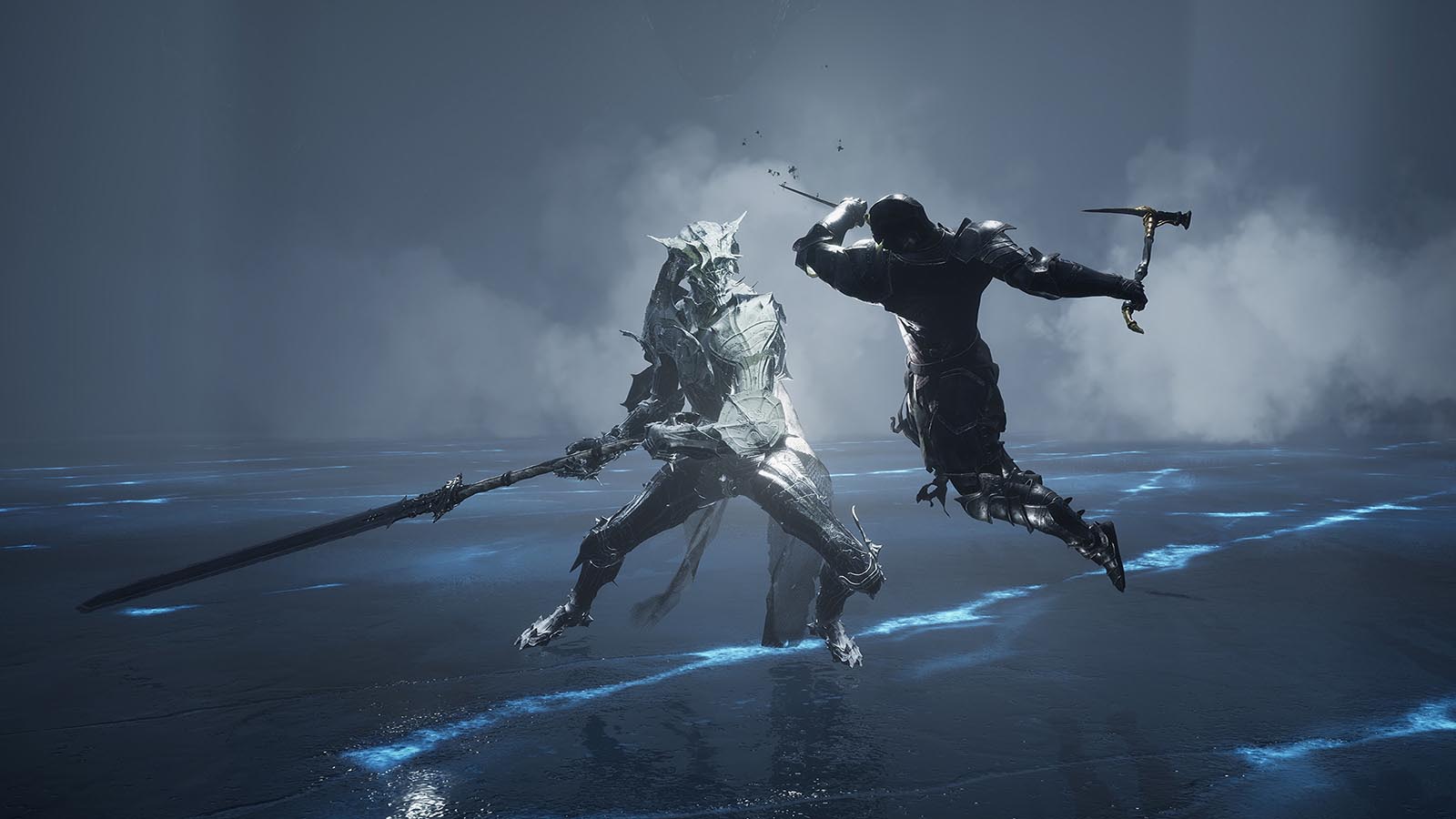
Mortal Shell is a gruelling and challenging video game that adapts the now-established ‘Soulsborne’ formula in a surprisingly unique way.
For those who don’t know, the term Soulsborne refers to gameplay that involves brutal combat in the vein of From Software’s Dark Souls and Bloodborne games. In titles like this, you risk losing your progress after you die if you don’t go back to retrieve your items and experience.
Mortal Shell, which is developed by a small 15-person team at Cold Symmetry, offers challenging gameplay, an interesting background story and, of course, ‘Shells.’
Shells
Shells are so essential to the Mortal Shell formula that the game is named after them. Each Shell represents a different style of gameplay, its own take on combat and a new character to learn about.
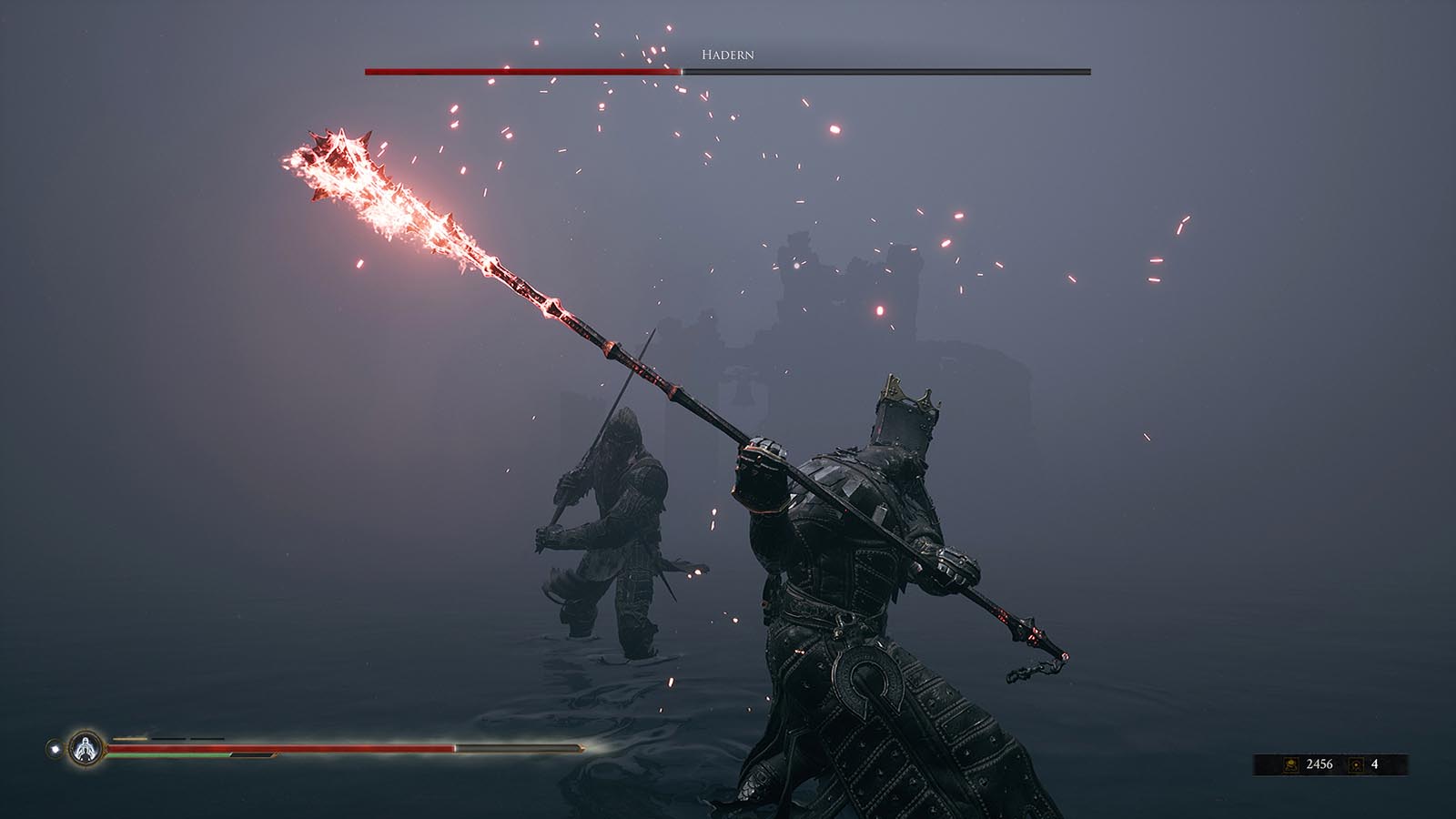
The player finds and inhabits different Shells throughout the game’s environment. It’s basically a form of necromancy, as each Shell is the body of a fallen warrior. Taking over these Shells gives the player the stamina and durability of the fallen, as well as their unique traits and combat styles.
The game only has four Shells to use. For example, ‘The Acolyte’ is a lighter Shell with high stamina and crazy mobility, but a low health bar. ‘Tiel’ is my favourite Shell since he’s light on his feet and offers a novel shadow dodge mechanic. Tiel also has a unique backstory that involves self-intoxication and love for one of the game’s main non-playable characters.
There’s also ‘Harros The Vassal,’ a balanced Shell and the one you start with, ‘Solomon the Scholar,’ a character with a high resolve (which lets the player use unique weapon abilities), and, lastly, ‘Eredrim The Venerable,’ a very high durability Shell.
The more you unlock new abilities for each of these Shells, the more you uncover their backstories and learn about them, which is an interesting and unique way of telling the game’s story.
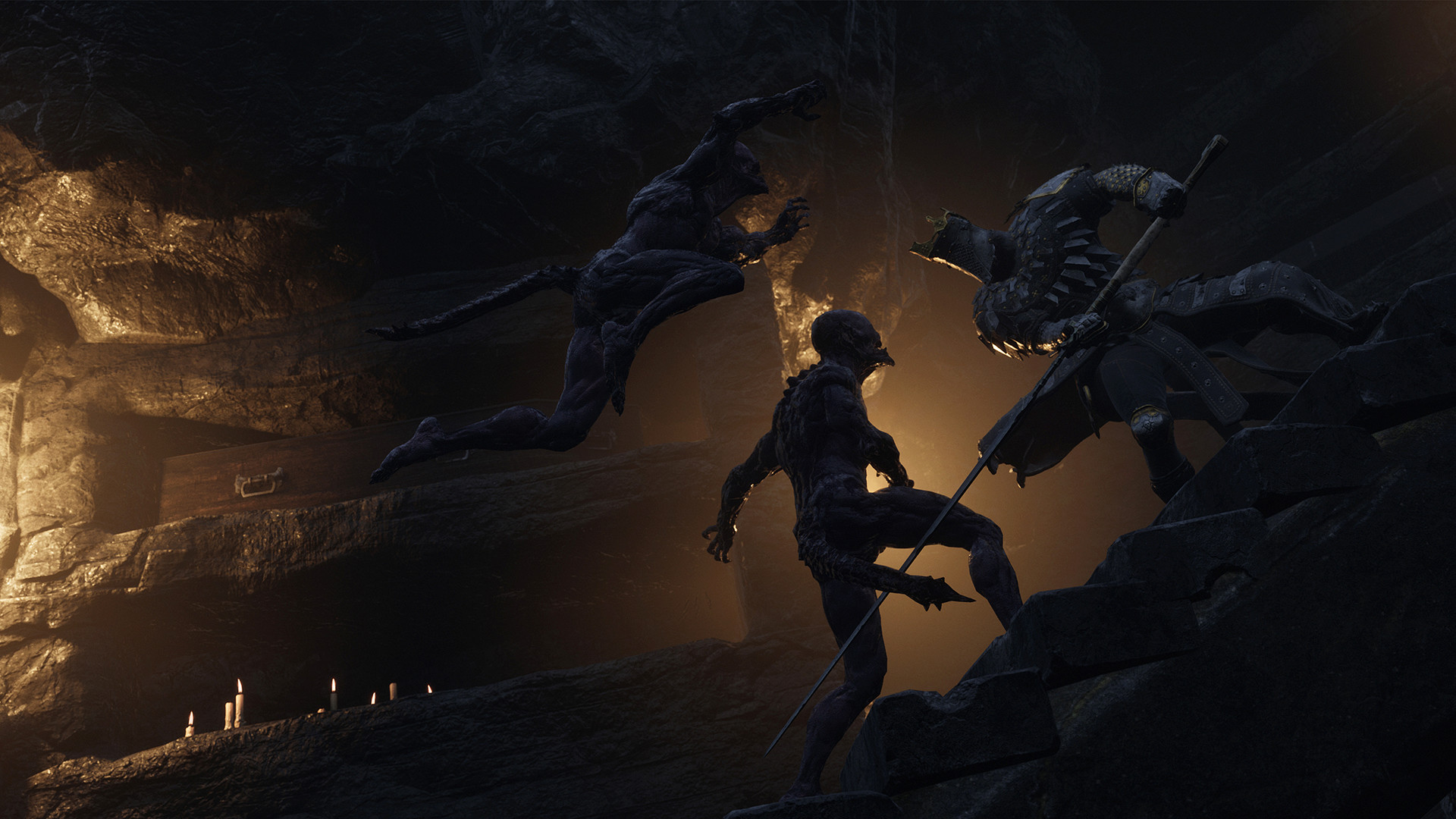
I found this an interesting take to the Soulsborne formula as games like Dark Souls, Nioh, Bloodborne, The Surge and Salt and Sanctuary typically allow players to decide which stats they want to increase, including factors like stamina, health, power, magic and magic. Instead, Mortal Shell offers select pre-made character builds.
Martyr’s Blade
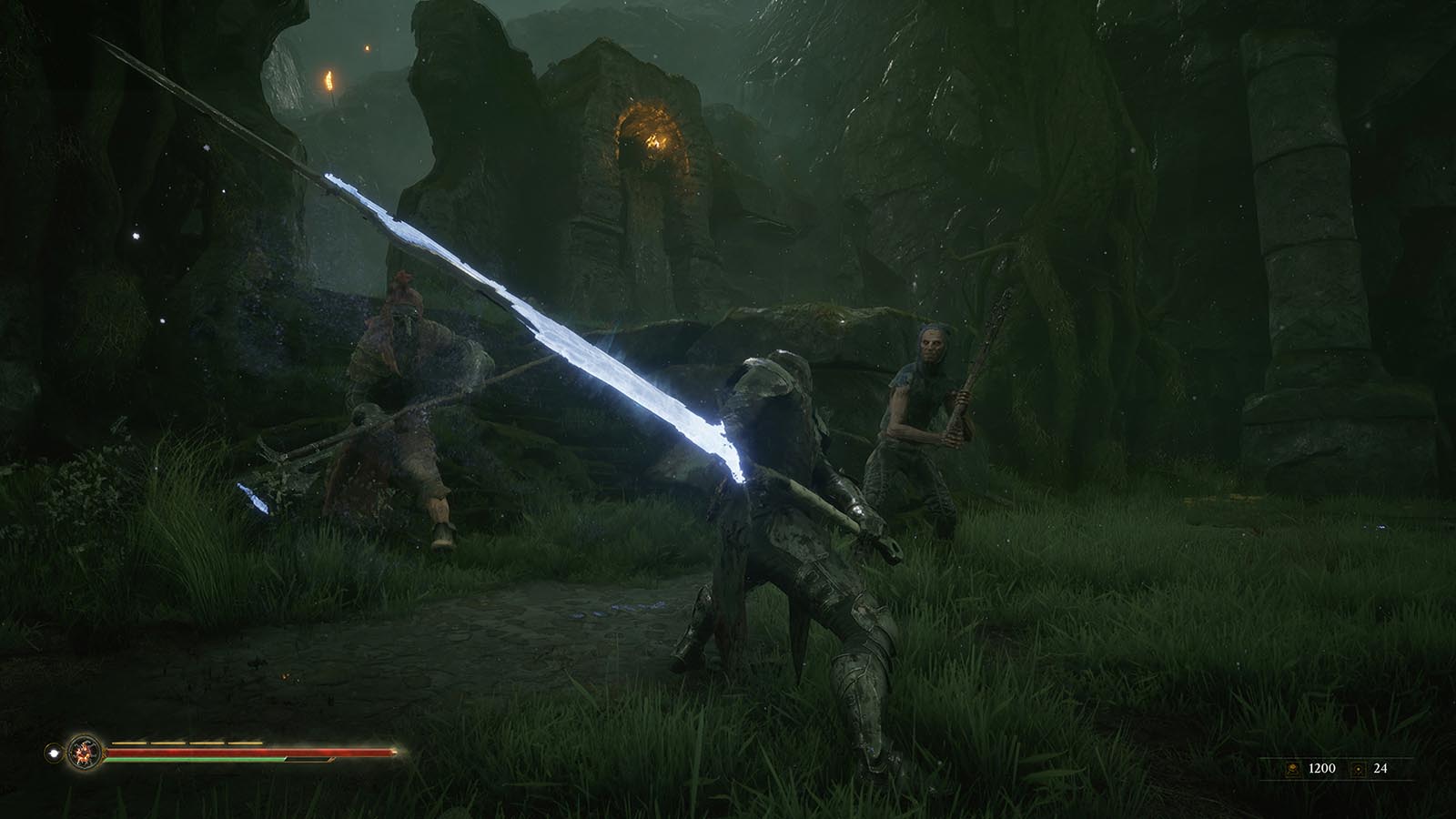
The Martyr’s Blade allows players to discover what build and weapon suits them the most. Also, unlike most Soulsborne titles, there are only four weapons in Mortal Shell. In other games that fall into this subgenre, you’ll find multiple weapons, with The Surge and Nioh even offering multiple forms of the same seven or so weapons, Bloodborne having 26 unique trick weapons (if you include the weapons available in the DLC), and Dark Souls offering countless weapons.
Thankfully, although there are only four weapon types, they’re all unique. The player starts with the ‘Hallowed Sword,’ but there’s also the ‘Hammer and Chisel,’ ‘Martyr’s Blade,’ ‘Smoldering Mace’ and a ‘Ballistazooka.’ My favourite weapon to use, despite my assassin-like playstyle, was the Martyr’s Blade.

It’s a long two-handed sword that hits quite hard and can — if you collect the right upgrades — freeze enemies with an area effect. I like this because it makes Tiel a ‘glass cannon’ character, which let me break easily, but still hit hard. While I broke quite quickly with a hard hit, beyond Tiel’s exceptional dodging capabilities, Mortal Shell includes several other ways of withstanding damage.
Harden
Mortal Shell also features an interesting ‘Hardening’ ability that prevents damage dealt by incoming attacks. Hardening is a crucial mechanic in Mortal Shell that staggers the enemy for a short period. I find this useful because it protected me from death several times.
A player can harden in nearly any animation, including during an attack, right after getting deflected, while dodging and even in the air. I really liked this because it allowed me to prep an attack, harden and then finish my attack animation when the enemy attacks and is staggered.
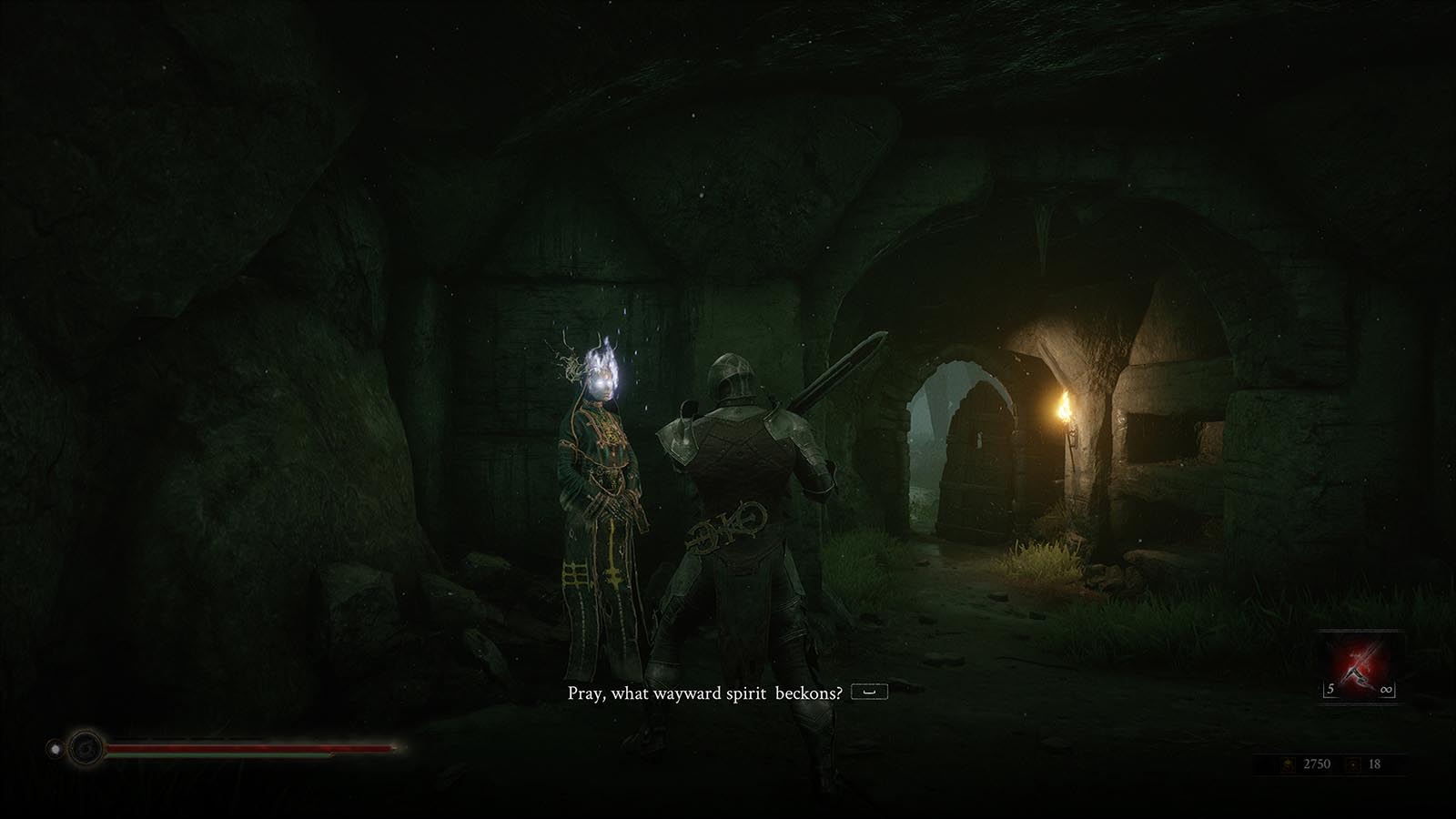
There’s a period after Hardening where players can’t harden again, and this is when they’re at their most vulnerable. I typically relied on the dodge button until the Hardening ability returned.
No other Soulsborne title features this mechanic, and I found that it gave Mortal Shell its own unique flavour.
The Hardening ability isn’t the only way to protect yourself, either. Mortal Shell offers a parrying mechanic that interrupts the enemy and lets the user attack back with a strong riposte (a sword-based stab). You can also enhance the riposte with different beneficial abilities. Parries aren’t necessarily new to the Soulsborne formula, but it’s cool that you can give them power-ups.
Difficulty level
Mortal Shell‘s take on combat is fresh, but the rest of the game is also quite original. This indie title is easier than other Soulsborne games in some ways like combat, but in others, it’s actually more gruelling. Checkpoints, which are represented by bonfires in Dark Souls and lanterns in Bloodborne, are few and far between, and healing is even more difficult.
Instead of re-usable healing items, the player needs to find mushrooms and other scraps of food lying around to regain health. In games like Dark Souls, you can have up to 10 Estus Flasks, and in Bloodborne, the base amount of healing vials a player can contain is 20. In Mortal Shell, you might only have five healing items.

So, not only is healing items hard to find, and checkpoints are very few, it’s also difficult to even get around the world. There’s no in-game map, and, compared to other Soulsborne games, there’s not even a real path you can take.
I found that I needed to plot out a course in my head, though that wasn’t an easy task.
Dungeons

Mortal Shell has three unique dungeons that open up to even more immense biomes, which are beautiful and unique in their own ways. What I like is how different they are from one another, and how they feature different types of enemies. Some of the enemies are so strange they remind me of the Lovecraftian horrors that you find in Bloodborne, while others are more simple and odd in their own special ways.
At the end of these biomes, there are three epic boss battles that are just as annoying and difficult as you’d find in other Soulsborne titles.

One of my favourite things about this game is the item system. Items in Mortal Shell have a familiarity system, and when you first grab an item, you don’t know what it does. This means that with a lot of the items on your first-use, you’ll have no clue what it may do. For example, I once ate a mushroom and it immediately poisoned me.
Overall, I enjoyed Mortal Shell a lot. It’s fun, challenging and a lot shorter than other Soulsborne games, which helped me stick with it until the end.
Mortal Shell is available now on PlayStation 4, Xbox One and PC.
Image credit: Playstack
MobileSyrup may earn a commission from purchases made via our links, which helps fund the journalism we provide free on our website. These links do not influence our editorial content. Support us here.


